Regulatory Compliance and Standards
The Flame Retardant Apparel Market is significantly shaped by regulatory compliance and standards that govern workplace safety. In 2025, stringent regulations are expected to drive the demand for flame retardant apparel across various sectors, including construction, oil and gas, and manufacturing. Companies are increasingly required to adhere to safety standards that mandate the use of protective clothing in hazardous environments. This regulatory landscape compels organizations to invest in flame retardant apparel to ensure compliance and protect their workforce. As regulations evolve, the market is likely to witness a surge in demand for certified flame retardant clothing, prompting manufacturers to innovate and enhance their product offerings. The emphasis on compliance not only safeguards employees but also positions companies favorably in the competitive landscape.
Growing Awareness of Workplace Safety
The Flame Retardant Apparel Market is significantly influenced by the growing awareness of workplace safety across various sectors. Organizations are increasingly recognizing the importance of providing protective clothing to their employees, particularly in high-risk environments such as construction, manufacturing, and chemical processing. This heightened awareness is reflected in the rising investments in flame retardant apparel, as companies strive to mitigate risks associated with fire hazards. In 2025, the market is expected to witness a surge in demand for flame retardant clothing, driven by the implementation of stricter safety regulations and standards. As businesses prioritize employee safety, the flame retardant apparel market is likely to expand, with manufacturers innovating to meet the evolving needs of various industries.
Rising Incidence of Workplace Accidents
The Flame Retardant Apparel Market is influenced by the rising incidence of workplace accidents, particularly in high-risk industries. In 2025, the increasing number of fire-related incidents in sectors such as construction and manufacturing is expected to drive demand for flame retardant apparel. Organizations are becoming more proactive in addressing safety concerns, leading to a greater emphasis on protective clothing. This trend is likely to result in higher investments in flame retardant apparel as companies seek to mitigate risks and protect their employees. Furthermore, the growing focus on safety training and awareness programs is expected to complement the demand for flame retardant clothing, as organizations strive to create safer work environments. The interplay between rising accident rates and the need for protective gear is anticipated to propel the flame retardant apparel market forward.
Increased Demand from Oil and Gas Sector
The Flame Retardant Apparel Market experiences heightened demand from the oil and gas sector, where workers are exposed to hazardous environments. The need for protective clothing that meets stringent safety standards is paramount. In 2025, the oil and gas industry is projected to account for a substantial share of the flame retardant apparel market, driven by ongoing exploration and production activities. Companies are increasingly investing in flame retardant apparel to ensure worker safety and compliance with regulations. This trend is likely to continue as the industry expands, necessitating the use of specialized protective gear. Furthermore, the rising awareness of workplace safety among employers and employees alike contributes to the growth of the flame retardant apparel market, as organizations prioritize the well-being of their workforce.
Technological Innovations in Fabric Production
The Flame Retardant Apparel Market is poised for growth due to technological innovations in fabric production. Advances in textile technology have led to the development of new flame retardant materials that offer enhanced protection and comfort. In 2025, the market is expected to benefit from the introduction of lightweight, breathable fabrics that do not compromise on safety. These innovations are likely to attract a broader consumer base, as workers seek apparel that provides both protection and comfort. Additionally, manufacturers are investing in research and development to create fabrics with improved durability and resistance to wear and tear. This focus on innovation is expected to drive the flame retardant apparel market forward, as companies strive to meet the demands of various industries while ensuring compliance with safety standards.


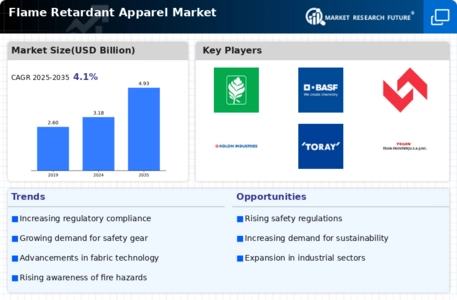
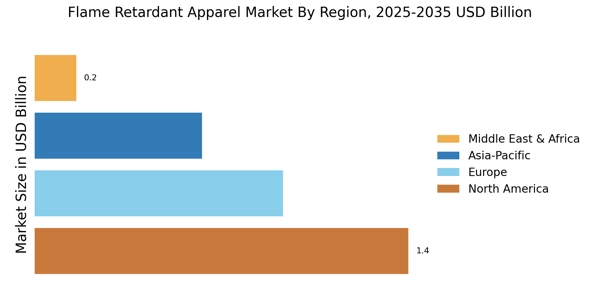



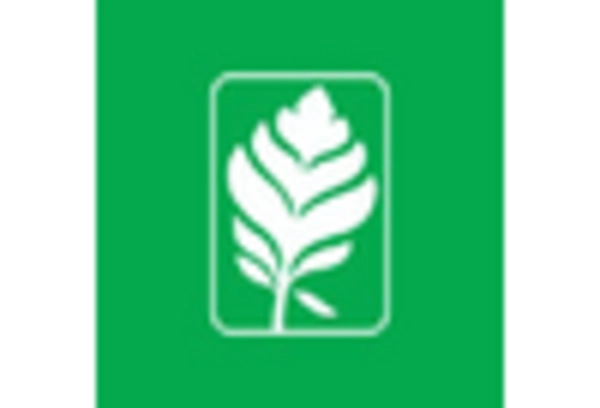
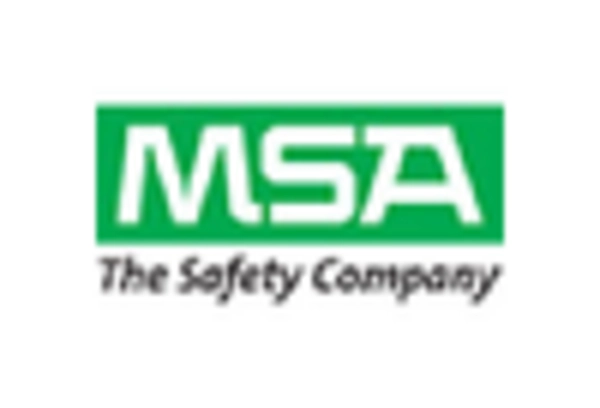
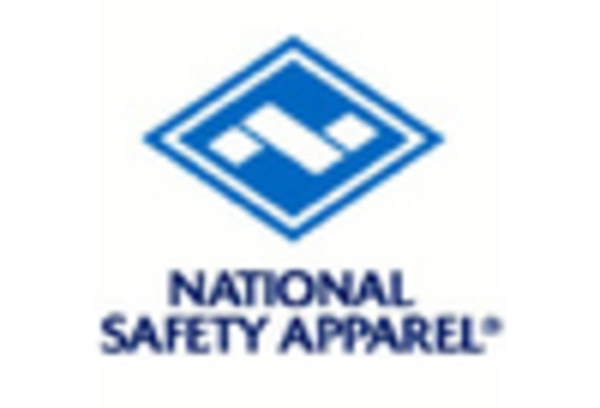








Leave a Comment